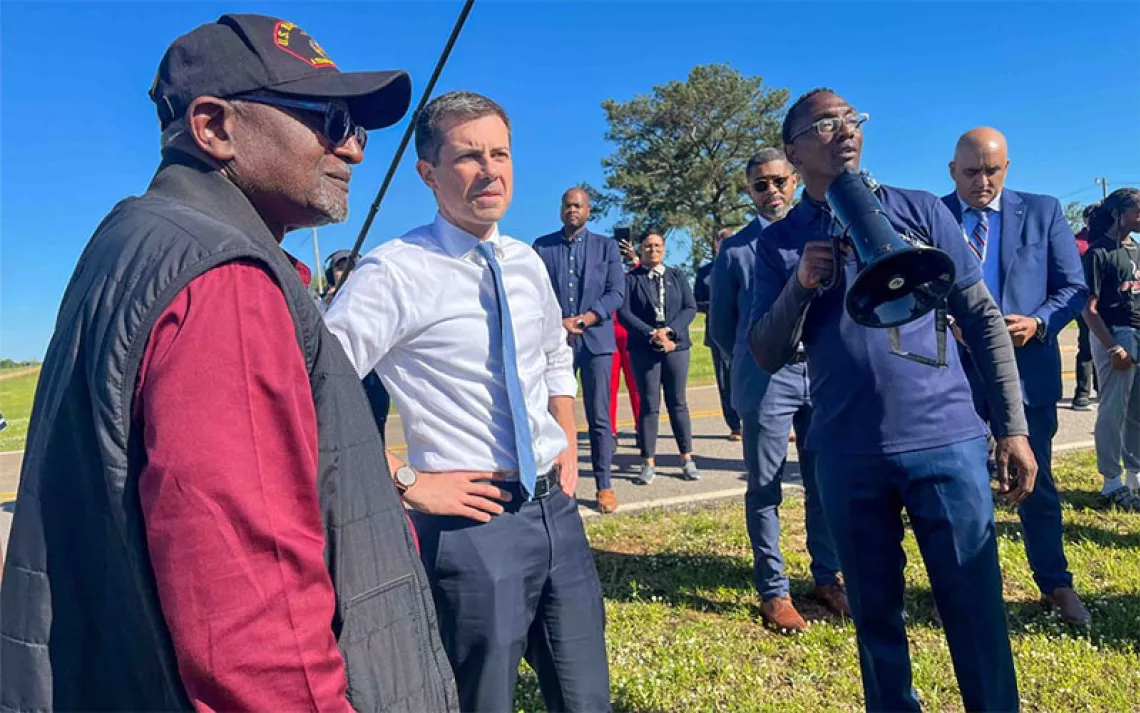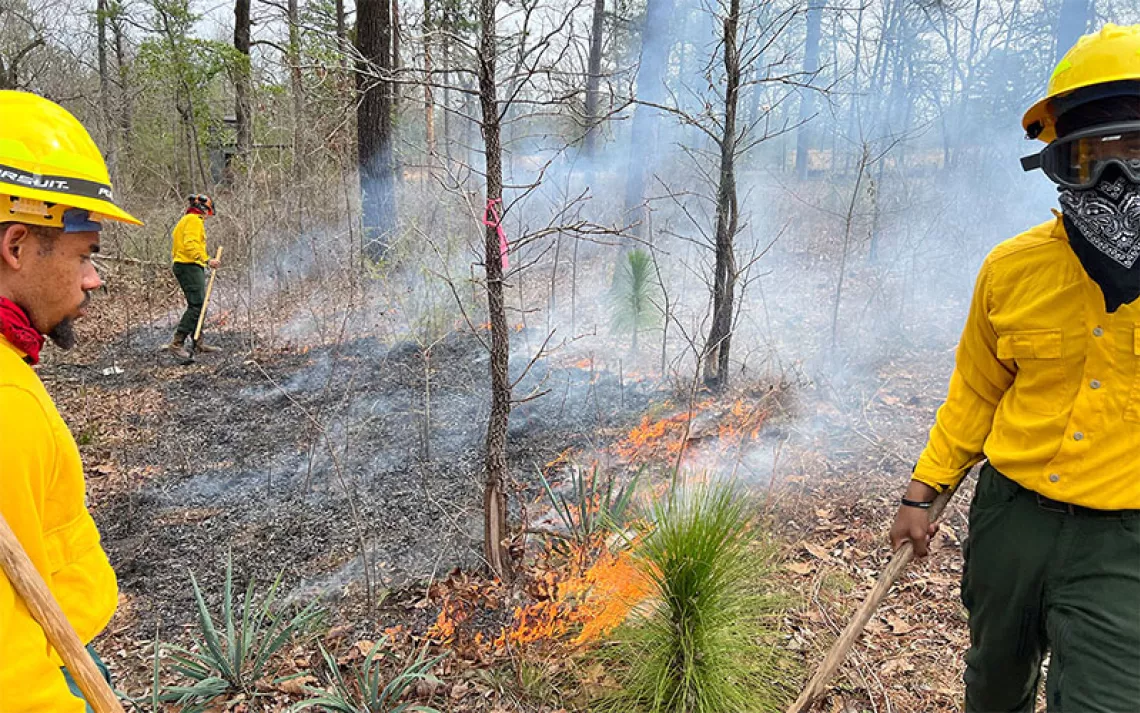Celebrating a Year of Triumph for Indigenous and Environmental Rights

Photo by Rahul Sengupta/iStock
“Welcome to Blockadia,” environmental author-activist Naomi Klein writes in her 2014 best seller, This Changes Everything, “a roving transnational conflict zone that is cropping up with increasing frequency and intensity wherever extractive projects are attempting to dig and drill.” Blockadia, she continues, is the spear’s tip of the movement for climate justice, a united front of families and communities and students and other concerned citizens fighting to protect water and the air from pollution, and to stop the atmosphere from being used as an open sewer. Most importantly, Blockadia is working.
While Blockadia takes many forms in many different places, often those on the front lines are indigenous nations. Native communities’ unique land rights (they are sovereign nations within nation-states) and fierce connection to the earth bolsters their moral stature as environmental defenders. In recent years, newly emboldened indigenous nations around the world have won major victories to prevent fossil fuel extraction or reckless development projects. As the urgency of climate action increases, so does the necessity of every triumph.
On Indigenous Peoples Day, here are five celebratory moments to honor from the past year.
Obama rejects the Keystone XL Pipeline
Last November, Obama put a definitive end to Phase IV of the Keystone XL Pipeline’s construction. The decision came after a long and arduous seven-year permit review, and it marked a milestone in the battle to stop fossil fuel extraction. Throughout the Keystone XL fight, indigenous nations played a pivotal role in elevating the project’s national profile. “Once the grassroots movement on the Keystone pipeline mobilized, it changed what it meant to the president. It went from a routine infrastructure project to the symbol of an era,” noted Rice University historian Douglas G. Brinkley in a New York Times article.
Native resistance was a key part of that symbolism, as Sierra Club executive director Michael Brune wrote in celebrating the victory: “Tribal leaders in Nebraska, Alberta, and beyond … stood up for their land and water, [creating a] coalition [that] was broad, deep, and powerful.”
Lummi Nation blocks the Cherry Point Coal Port
In May of this year, the Lummi Nation—a Coast Salish tribe in the Pacific Northwest—secured another victory when it defeated a proposed coal export terminal in Cherry Point, Washington. The $665 million project would have been the largest coal terminal in North America, shipping up to 48 million metric tons of coal through tribal fishing waters and risking the pollution of a major food source. After reviewing the thousands of pages submitted by the Lummi, the U.S. Army Corps of Engineers chose to deny the project’s permit in recognition that it would violate the tribe’s treaty-established fishing rights.
Brian Cladoosby, president of the National Congress of American Indians and chairman of the Swinomish Indian Tribal Community in La Conner, Washington, said in a statement to the Seattle Times: “Today was a victory not only for tribes but for everyone in the Salish Sea. I hope we are reversing a 100-year trend of a pollution-based economy, one victory at a time.”
Amazon mega-dam is denied a license
In Brazil, the efforts of the Munduruku tribe inspired a global movement to stop the construction of the São Luiz do Tapajós mega-dam. As the largest hydroelectric project proposed in the Amazon, the dam would have inundated precious biodiversity and displaced indigenous communities, but an unexpected ruling from Brazil’s Federal Environmental Agency (IBAMA) in August cancelled its licensing, putting the project on indefinite hold.
Although the Munduruku celebrated the happy turn of events, they recognize the battle is ongoing. Other dams have been proposed along the Tapajós River, and the Munduruku say they will continue to stand for environmental justice, with the hope that the IBAMA ruling foreshadows more good news to come.
Suspension of the Dakota Access Pipeline
Less than a year after Keystone, another pipeline battle has been called its sequel. In a grand demonstration of inter-tribal cooperation, thousands of Native Americans, 200 tribes strong, converged on Standing Rock Sioux Reservation in North Dakota to protect indigenous land from the construction of the Dakota Access Pipeline (DAPL). The nearly 1,200 miles of proposed pipeline would carry 570,000 barrels of crude oil per day from the Bakken oil field to Illinois, tunneling through treaty lands and indigenous burial grounds, as well as the Missouri River, a primary source of drinking water for millions of Americans.
On September 9, 2016, the Obama administration suspended 20 miles of the pipeline’s construction in response to the overwhelming expression of solidarity. The decision was an implicit rebuke of the destruction of two miles of sacred burial grounds by the Energy Transfer Partners—the private natural gas and propane company that owns DAPL—only days before. In an interview with Sierra, Standing Rock Sioux member Bethany Crawford said of the ruling, “The elders that I’ve seen cry—I’ve never seen them express themselves that way.”
As construction on the rest of the pipeline continues, the indigenous tribes are still occupying the construction site in their ongoing effort to protect land, water, and climate.
Sacred indigenous lands declared “No Go" zones
At the World Conservation Congress held in Hawaii this September, the International Union for the Conservation of Nature (IUCN) passed its second ever global resolution to protect sacred indigenous lands from “damaging industrial activities and infrastructure development.” Motion 26 calls on governments to prohibit logging, mining, and other extraction activities within protected tribal areas in recognition of their importance to conserving biodiversity and climate change adaption and mitigation.
Passed on the same day as the suspension ruling of DAPL construction, the motion acknowledged, in a timely manner, the valuable contributions of the indigenous community to preserving ecological diversity and promoting sustainable natural resource use.
 The Magazine of The Sierra Club
The Magazine of The Sierra Club



